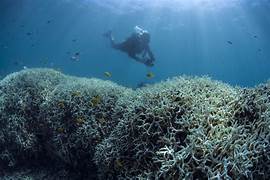
The longest organic molecules ever discovered on Mars have been found: these structures consist of long chains of carbon atoms, very similar to the fatty acids produced on Earth by living organisms. They were identified by the international research team coordinated by the French National Center for Scientific Research (CNRS), and the results have been published in the journal of the United States National Academy of Sciences, PNAS.
Since 2012, the presence of organic molecules—molecules containing carbon atoms, often associated with biological activity—has been observed on multiple occasions. These molecules are a possible indication of past life, but alone they do not constitute definitive proof.
Using the Sample Analysis at Mars (SAM) instrument aboard NASA’s Curiosity rover, active on Mars since 2012, the international research team led by CNRS, with participation from colleagues from the United States, Mexico, and Spain, has now identified organic molecules longer than those previously observed. These chains contain up to 12 consecutive carbon atoms and are in many ways similar to the fatty acids produced on Earth by biological activity. According to the authors of the study, such molecules could have been preserved for billions of years by Mars’ cold and dry climate. The discovery, they note, offers new motivation for the expected arrival in 2028 of the ExoMars mission by the European Space Agency and NASA, specifically designed for chemical-biological analysis.The longest organic molecules ever discovered on Mars have been found; they are chains of carbon atoms.








